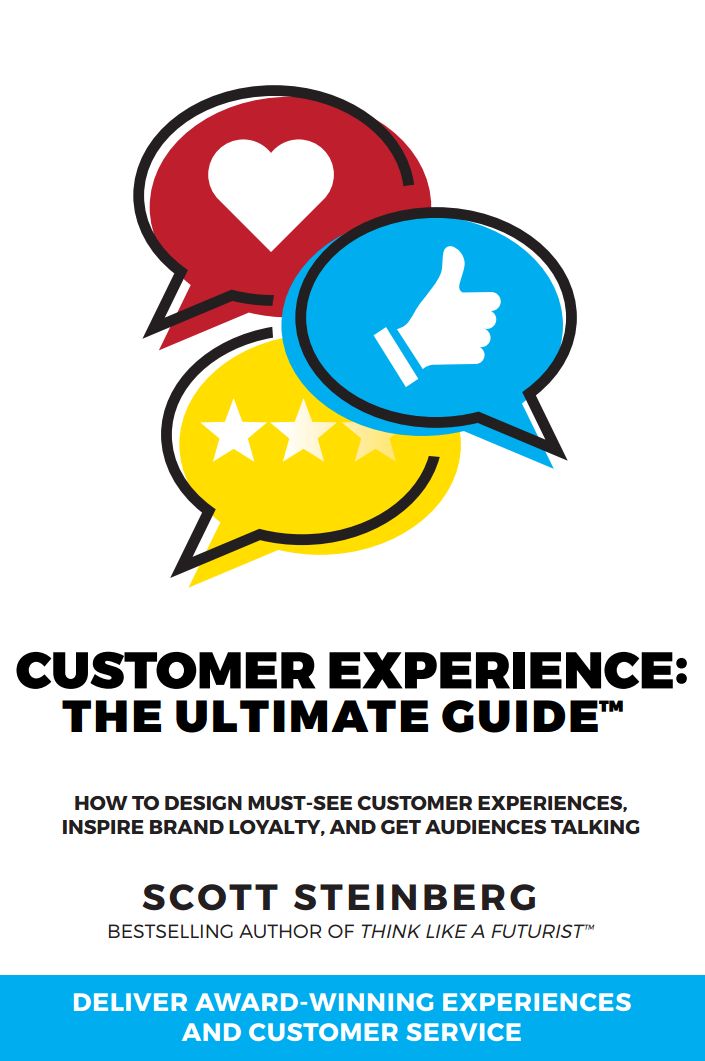
10 Jul USER EXPERIENCE (UX) FUTURIST: HOW ARE CONTROLS AND DEVICES CHANGING?
Per top user experience (UX) futurists and customer experience keynote speakers, it’s a whole new world out there for the way in which businesses and brands interact with audiences at every touchpoint. From omnichannel retail solutions to AR- and VR-powered control systems and interfaces, countless firms are rethinking their approach to communications and interactivity. Being user experience futurists ourselves, we couldn’t help but mention a few recent upgrades we’ve been seeing in the industry.
- Automation and Smart Technology: No surprises here that AI and ML will become increasingly integrated into UX design. Their influence could manifest in more personalized user interfaces that adapt to individual user behaviors or needs. Alternately, automation could also take over some aspects of the design process itself, such as A/B testing and layout optimization.
- Voice User Interfaces (VUIs) and Conversational UIs: As technologies like Siri, Alexa, and Google Assistant continue to improve and become more integrated into our daily lives, designing for these solutions will become increasingly important. Like user experience futurists note, these interfaces will need to understand natural language and respond in kind, creating a more immersive and interactive user experience.
- Extended Reality Offerings: AR and VR offer entirely new paradigms for UX design. Rather than designing for a 2D screen, pros will need to consider spatial interfaces and 3D interactions, which could significantly alter the way we think about how we craft command systems and interfaces.
- Biometrics and Neurodesign: Technologies that track eye movement, heart rate, brain activity, and other biometric data could provide designers with new insights into how users interact with their designs. Per leading user experience futurists, such technologies could also lead to new types of interfaces that respond to these physiological cues.
- Ethics in UX Design: As technology continues to pervade all aspects of our lives, considerations around privacy, inclusivity, and accessibility will become increasingly important in UX design. Users will demand more control over their data and how it’s used, and businesses will need to design experiences that respect these demands.
- Multimodal Interfaces: Interfaces that combine various forms of input (e.g., touch, voice, gesture) are likely to become more common too, providing more flexibility and a richer user experience.
- No-code/Low-code Platforms: As these platforms become more robust, more people will be able to design and create their own user experiences without needing to know how to code. Such advancements could democratize UX and lead to a greater diversity of experiences.
Remember, the future of any field, including UX, is never certain and will be shaped by numerous unpredictable factors, including technological breakthroughs, societal changes, and shifts in user expectations and behaviors. Needless to say, it will be super exciting to see how the practice evolves in the coming years.



